 Critically endangered North Atlantic Right Whales can often be spotted in the waters off of Cape and Islands. There have been two separate sightings of entangled right whales off Cape Cod earlier this year and then in early March, the Cape Cod Canal was closed to vessel traffic for a few days in as several of the whales entered the canal.
Critically endangered North Atlantic Right Whales can often be spotted in the waters off of Cape and Islands. There have been two separate sightings of entangled right whales off Cape Cod earlier this year and then in early March, the Cape Cod Canal was closed to vessel traffic for a few days in as several of the whales entered the canal.
The waters around Cape Cod and in the Stellwagen Bank Marine Sanctuary offer some of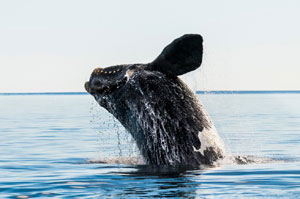 the largest concentrations of this species, which can grow up to 60 feet long and generally travel alone or in small groups. They live along the east coast of North America, moving between the warm waters of their southern calving grounds and the plankton rich waters of the Northwest Atlantic, where they feed on plankton and mate.
the largest concentrations of this species, which can grow up to 60 feet long and generally travel alone or in small groups. They live along the east coast of North America, moving between the warm waters of their southern calving grounds and the plankton rich waters of the Northwest Atlantic, where they feed on plankton and mate.
Many of the remaining North Atlantic Right Whales typically visit Cape Cod and Massachusetts Bays, and other nearby waters, each year between January and May to feed on swarms of rich microscopic plankton. Last year the researchers at the Center for Coastal Studies in Provincetown identified 273 individual right whales, which is more than 80 percent of the estimated population left in the world.
Spring sightings of mothers and calves are a hopeful sign for what is a critically endangered species. Provincetown’s Center for Coastal Studies estimates that there are only 336 individuals left, down 20 from last years count. With less than 100 reproductive females remaining, right whales, as a species, Right Whales teeter on the edge of extinction, though there are many valiant efforts ongoing to try to save the whales.
History of North Atlantic Right Whales
Historically North Atlantic Right Whales were hunted, first by native people and then by Basque and other European whalers, even gaining their name because they were the ‘right’ whale to hunt. With no dorsal fins the species is slow moving, and floats when killed. These features made it a favorite among whalers who harvested the animals for oil and their baleen, (also called whalebone).
Steve Nicholls’ Paradise Found: Nature in America in the Time of Discovery explains, “Whalebone was a kind of Middle Ages plastic, used for skirt hoops, knife handles, bristles for brushes, buggy whips, strapping for beds, and the art of scrimshaw. A single right whale has over a thousand pounds of whalebone hanging in its mouth, enough to pay for a transatlantic voyage, ship, crew, and all, and that still leaves the ninety barrels of oil from each whale as pure profit.”
By the 16th century whale populations were already reduced by native and European whalers. As the European whaling ships disappeared a new American whaling industry sprung into existence out of the ports of New England and Nantucket came to be known as the whaling capital of the world, causing the island to become prosperous and right whale populations continue on their decline.
Threats to North Atlantic Right Whales
The 1949 International Convention for the Regulation of Whaling put an end to the hunting of right whales and the species was listed as endangered beginning in 1970. Though humans are no longer hunting the species deliberately, whales today are still facing dangers of human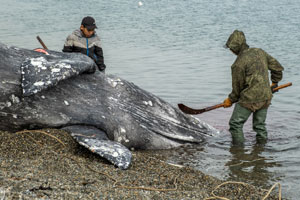 interactions and are categorized as critically endangered.
interactions and are categorized as critically endangered.
The plankton the Right Whales feed on has moved or become scarce in certain areas due to the changing climate. This has also changed the areas the whales frequent, sometimes putting them at odds with fishing gear and that paths of large ships.
NOAA has categorized an ongoing period that began in 2017 as an Unusual Mortality Event (UME) for the species. Using aerial and vessel monitoring, they have estimated that 49 whales were either killed or documented with severe and likely life-threatening injuries since 2017, putting loss estimates to atleast 10% of the population.
NOAA Fisheries also notes that the combination of low birth rates and high mortality rates of North Atlantic Right Whales is a recipe for extinction. Between 2017 and 2020 just 22 calves were born, and 32 whales were found dead, many as a result of ship strike or entanglement; with the population so low the loss of each individual is a blow.
In addition to the moralities, the birth rate of the Right Whales is below what scientists would expect or hope for. The Cape Cod Times reports that, “A combination of stress from entanglement and a scarcity of food due in part to climate change have helped cause females to delay calving, with longer intervals between births.”
Efforts to Save the North Atlantic Right Whale
Despite the dire situation, many organizations are working together to protect the species with the hopes of their population rebounding. On the fishing gear entanglement front, groups work to locate, and de-tangle whales caught in fishing gear.
The whales can’t see the lines of the gear and become tangled in the ropes, dragging the fishing gear behind them for miles and often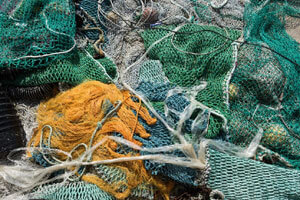 the ropes cut into the whale’s skin, leading to deadly infections. The whales can also drown due to exhaustion from dragging the gear or starve to death because the tangle of gear inhibits their feeding and diving.
the ropes cut into the whale’s skin, leading to deadly infections. The whales can also drown due to exhaustion from dragging the gear or starve to death because the tangle of gear inhibits their feeding and diving.
Groups are working to further regulate fishing gear, and some are pioneering ropeless fishing gear in hopes of protecting the species. Though the gear may have promise, it has been met with wide skepticism from the fishing and lobstering industry who cite the cost, time, and reliability issues of the gear.
Federal regulations aimed at closing large swaths of fishing grounds have been met with concern and litigation from lobsterfishers who fear that regulations will lead to the extinction of their livelihood as well. The Portland Press Herald and Boston Globe released a December 2021 series called “The Lobster Trap“, detailing the threats to the lobster fishery including the effects of warming waters on lobster populations.
On the issue of ship strike, vessels of any sort, from paddleboards to drones to whale watching boats are not permitted within 500 yards of right whales. A partnership has also come together to create the Whale Alert App, allowing mariners to note whale sightings, warning other vessels to slow down to avoid collisions.
Cape Cod Cay, and the waters around Nantucket and Martha’s Vineyard have mandatory speed restriction of 10 knots or less until May 15th to protect the right whales and their calves. Groups on Cape Cod working to prevent the extinction of the North Atlantic Right Whale include IFAW, the Center for Coastal Studies, the Woods Hole Oceanographic Institution, and others.
NOAA encourages boaters to report all right whale sightings either by phone at 866-755-6622, to the Coast Guard on VHF Channel 16, or on the WhaleAlert app. The Center for Coastal Studies requests that those who spot entangled whales call 800-900-3622.
Visitors looking to learn more about all the whales that frequent the waters around Cape Cod and the Islands can enjoy whale watching tours, or visit some of the many science centers, aquariums, and museums with exhibits on the subject.


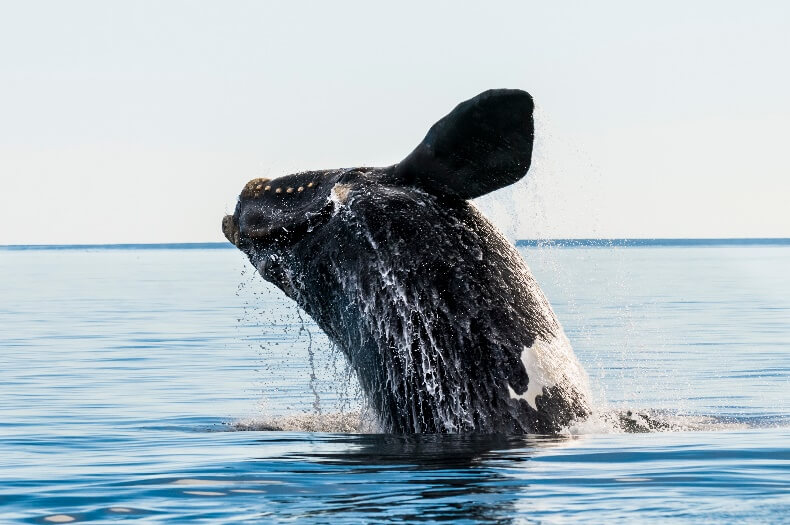

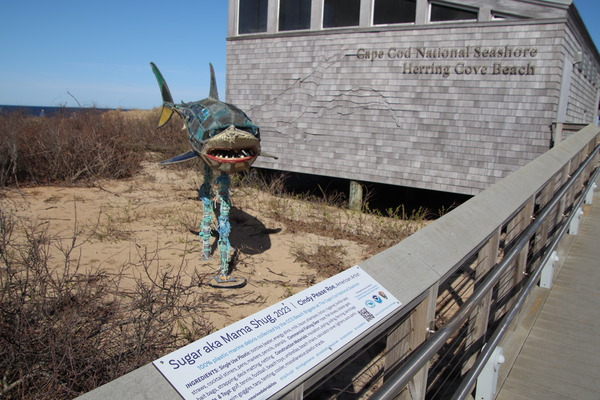
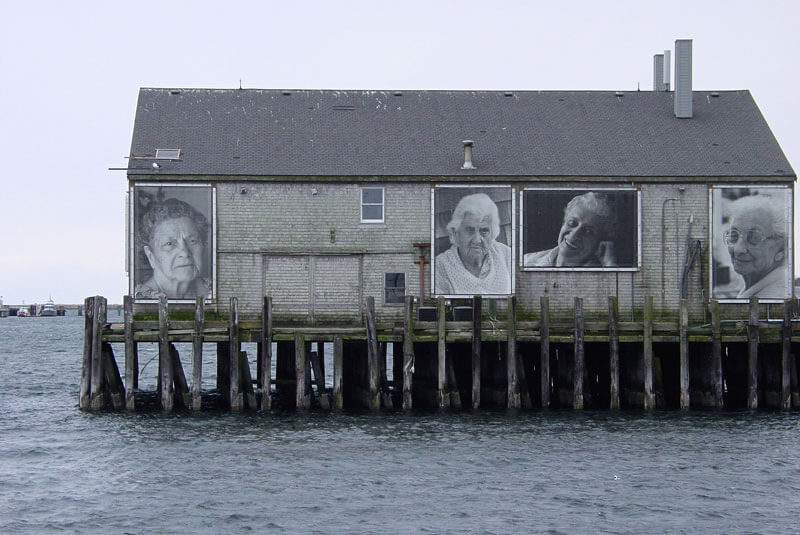
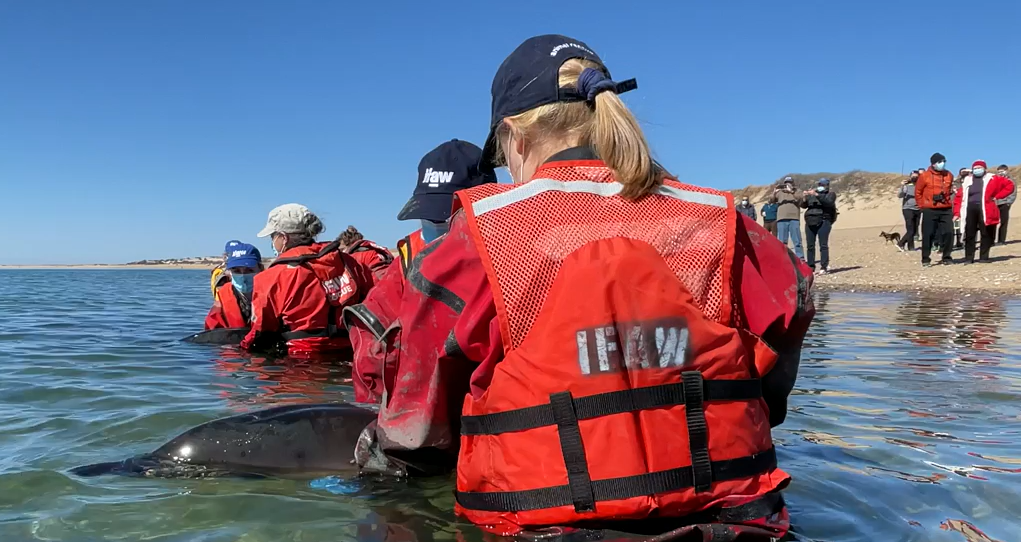
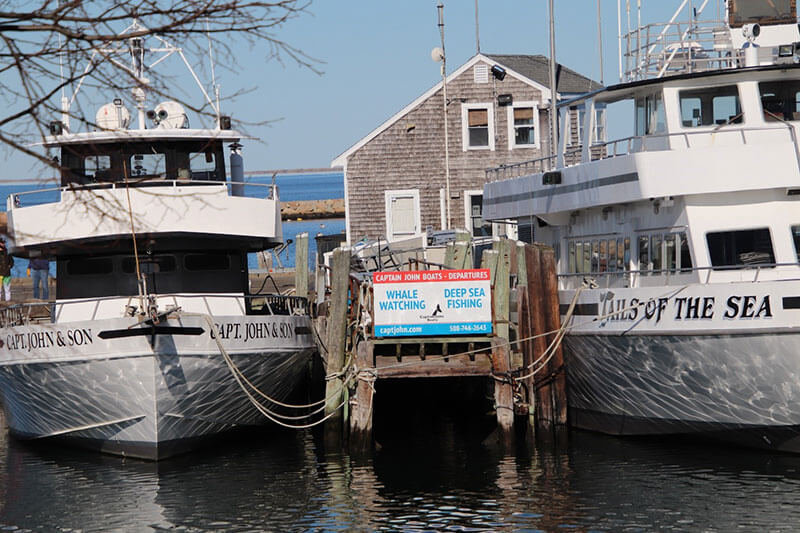

This Post Has 8 Comments
Thanks!
Pingback: Stellwagen Bank National Marine Sanctuary
Pingback: Guide To Moving To Cape Cod
Pingback: Cape Cod Sea Life - Best 6 Crazy Creatures
Pingback: Exciting Whale Watching Season On Cape Cod
Pingback: The Historical Highland House Museum
I really loved reading your blog. It was very well authored and easy to understand. Unlike other blogs I have read which are really not that good.Thanks alot!
Pingback: International Fund For Animal Welfare (IFAW) Cape Cod